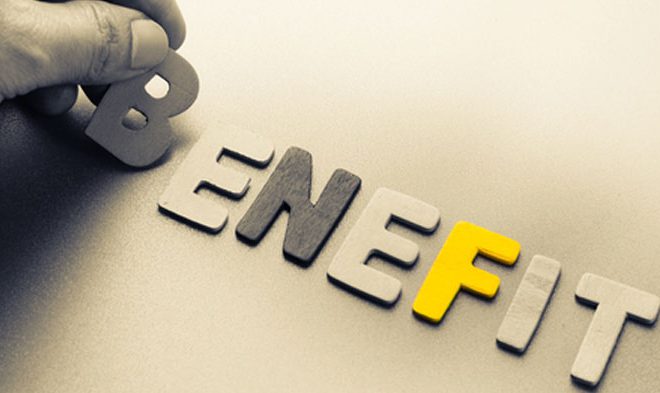ADSL versus Fibre Optic – what’s the difference?
That’s why we’re giving you the low-down on the two most popular ways to get (and stay) connected.
1) ADSL
We all know the old faithful called Asymmetric Digital Subscriber Line (or ADSL in short). ADSL makes use of the copper in landline telephone cables and you sign up with a broadband provider to supply the internet itself. That means that you pay Telkom for the line rental and your broadband provider for the connectivity.
There are different packages to choose from, depending on how much data you require and how fast you want to be able to surf the web and download content.
Pros:
- Often new lines do not need to be laid since ADSL employs existing telephone lines and therefore there will be no cost for this involved
- You get connectivity that is always available at a fixed monthly rate
- More reliable than 3G and faster than dial-up
Cons:
- The copper wires that ADSL makes use of are susceptible to corrosion and can be stolen, leaving you with potential downtime
- Slow upload and download speeds in comparison to fibre
The amount of “noise” on your line can impact the quality of the internet and can even result in your connectivity dropping completely for a moment (the distance between your ADSL line and the nearest exchange plays a role in the amount of noise and the speed of internet that you can access)
2) Fibre Optic
The latest generation in internet delivery, fibre optics, makes use of an entirely different type of cable to landline telephone cables, called fibre optic cables. Each of these cables consist of thousands of tiny thin cables (almost like human hair), that transport information at unbelievably fast speeds.
Pros:
- Unlike ADSL, fibre is unaffected by weather conditions (such as rain) and the distance from the exchange
- Fibre optic broadband integrates very easily with other systems such as VOIP, cloud-based computing and video conferencing
- You can get access to as much as 100mbps of uncapped unshaped data
Cons:
- Only available in certain neighbourhoods
- High installation costs
- While they are not often stolen, fibre optic cables are susceptible to damage which may also lead to extended periods of downtime
Perhaps the biggest reason why fibre internet has not completely taken the country by storm is the fact that it has not been installed everywhere yet. In fact, it is only available in a few select neighbourhoods at the moment. This means that even if you were prepared to bite the bullet and pay a bit more, you’ll likely not be able to access fibre internet just yet. Either way, soon you will have to figure out which one fits your pocket and your lifestyle (or your busines




